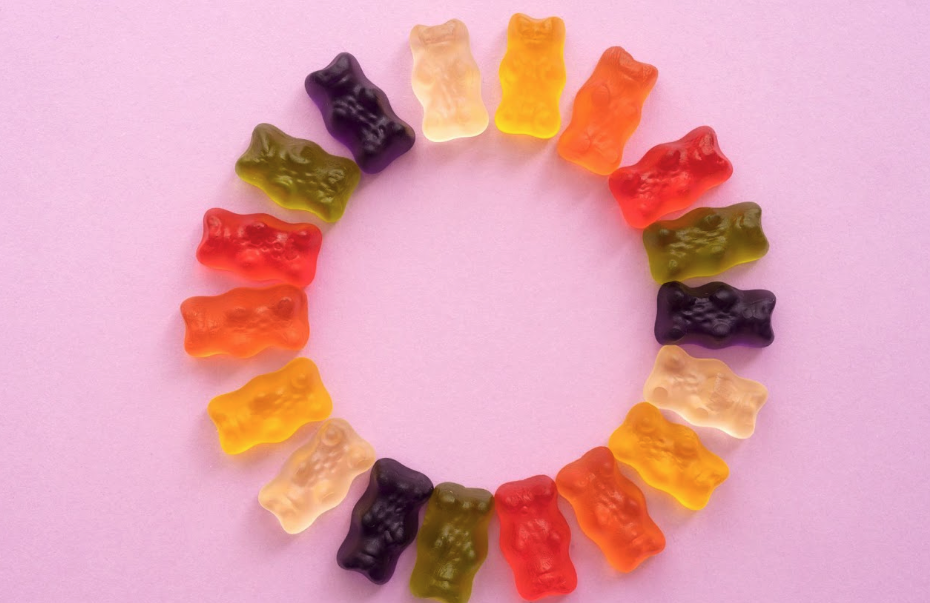Introduction
Sustainability is a real differentiator for many customers, but greener packaging must still protect gummies. A package that falls apart in transit or lets products stick together is a false economy. Sustainable custom gummy packaging should reduce environmental impact while preserving freshness, texture, and safety. This article outlines realistic green options and how to choose them without sacrificing product quality.
Define sustainable goals up front
Sustainability covers many targets. Do you want recyclable packs, lower carbon footprint, reduced virgin plastic, or compostable materials? Pick the primary goal and let it guide material selection. Different goals lead to different trade-offs, and clarity prevents chasing every green option at once.
Custom gummy packaging specified with a clear sustainability objective reduces guesswork and helps suppliers propose viable materials.
Mono-material films for recyclability
One of the most practical moves is to switch to mono-material films that are compatible with existing recycling streams. These films avoid mixed-material laminates that are difficult to recycle and can be engineered to provide reasonable barrier properties.
Mono-material stand-up pouches with recyclable zippers are emerging as a useful middle ground: they protect product and simplify end-of-life processing where recycling infrastructure exists.
Post-consumer recycled content
Using PCR content lowers dependence on virgin resin and reduces the carbon footprint of packaging. PCR films can be blended into barrier structures. They may slightly affect clarity and finish, but those visual differences can be turned into a brand advantage when communicated honestly.
Ask suppliers for certification and the percentage of PCR in the film. Specific numbers build trust with consumers who care about measurable impact.
Compostable and bio-based options
Compostable films appeal to certain markets, especially wellness and artisan brands. But they come with strict caveats. Many compostable films require industrial composting facilities to break down properly. If your customers do not have access to those facilities, compostable packs may end up in landfill where they do not degrade as intended.
If you choose compostable custom gummy packaging, state clearly how customers should dispose of it. Consider using compostable options for single-serve packs or promotional items where end-of-life can be managed more easily.
Lightweighting and refill systems
Reducing material volume is one of the most effective ways to lower environmental impact. Lightweighting the film, eliminating unnecessary lamination, or offering refills in lightweight pouches paired with reusable jars all reduce total material use.
Refill programs work well for gummies sold in subscription models or in retail contexts where customers are incentivized to reuse a durable container. This strategy reduces per-use waste and fosters repeat purchase behavior.
Paper and fiber hybrids caution
Paper-based pouches with thin barrier liners look sustainable and can be recyclable in some systems. But the barrier liner must be compatible with paper recycling or be removable. Otherwise, the paper will contaminate recycling streams and negate the benefit.
If you use paper-fiber structures, design them for disassembly or choose liners that meet local recycling criteria.
Certifications and transparent claims
Green claims must be specific. Use recognized certifications where possible and include simple instructions on care and disposal. A clear line like Package made from 30% PCR and curbside recyclable in X regions beats vague phrases like eco-friendly.
Transparency helps avoid backlash from skeptical customers and keeps your sustainability messaging credible.
Testing for protection first
Sustainable materials must pass the same protection tests as conventional films. Validate barrier performance for moisture and oxygen, conduct shipping simulations, and run repeated-open tests for zippers. If a greener film cannot preserve texture and flavor under expected conditions, it is not a viable choice.
Testing ensures sustainability does not become a liability.
Supply chain and cost considerations
Sustainable materials can cost more and sometimes have longer lead times. Start with a pilot SKU to measure results and customer feedback. As volumes increase, costs often come down and suppliers can offer better lead times.
Negotiate with suppliers on PCR content, roll widths, and color options to find a balance between environmental goals and commercial realities.
Communicate clearly to customers
Make disposal simple. Add a short line and an icon on the pack explaining whether the product is curbside recyclable, requires industrial composting, or is a refill pouch meant for a reusable jar. Clear instructions reduce contamination and increase the likelihood the package is handled properly after use.
Custom gummy packaging that educates the consumer turns a green claim into measurable impact.
Conclusion
Sustainability and protection are not mutually exclusive. With careful material selection, honest communication, and rigorous testing, you can create custom gummy packaging that reduces environmental impact while keeping gummies fresh and safe. Start with clear goals, pilot improvements, and scale what works. Do that and your brand protects both product quality and the planet.










Leave a Reply